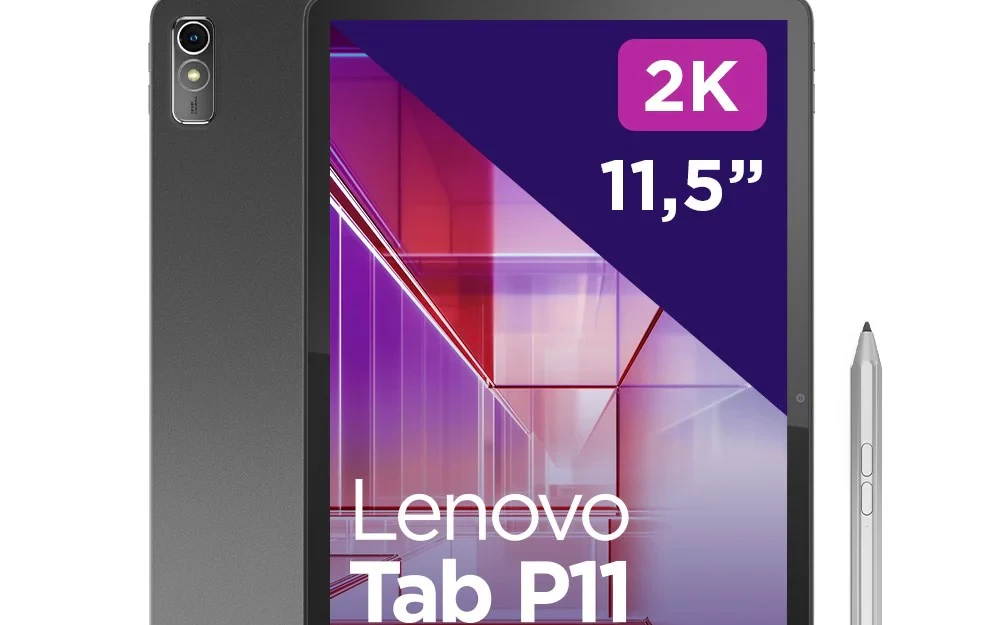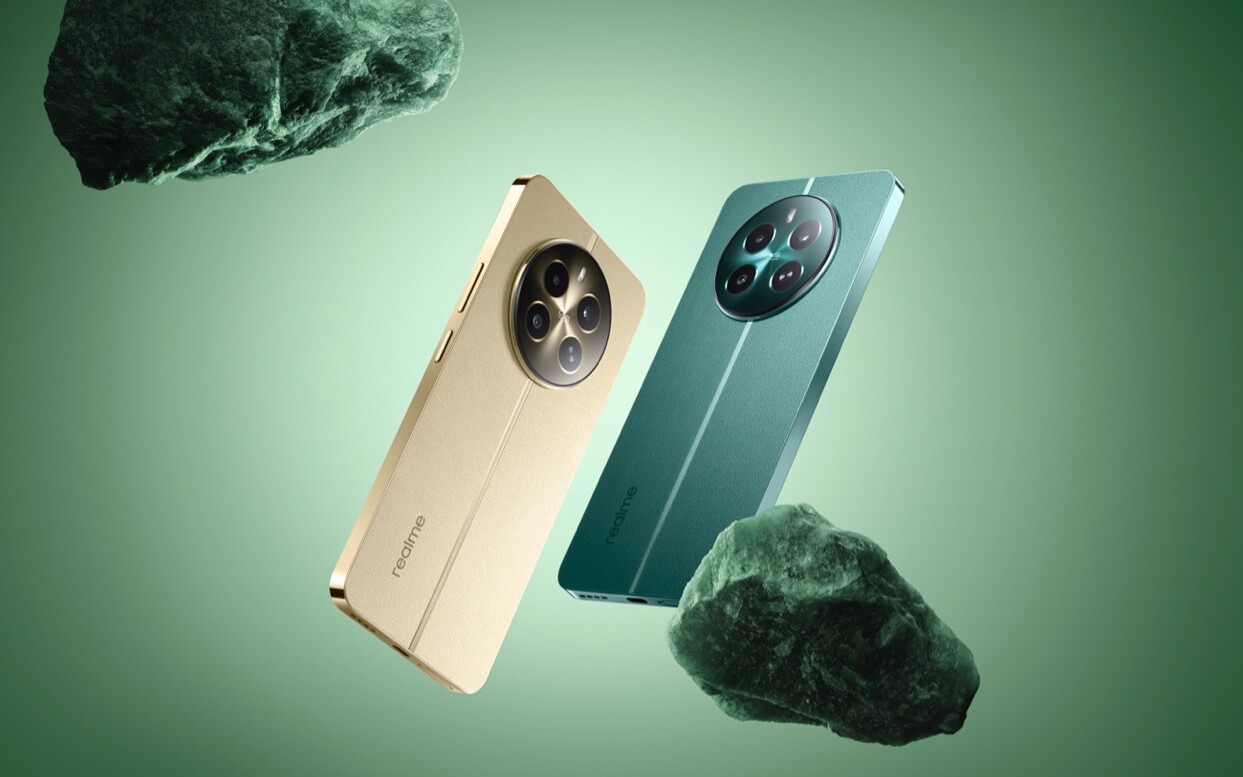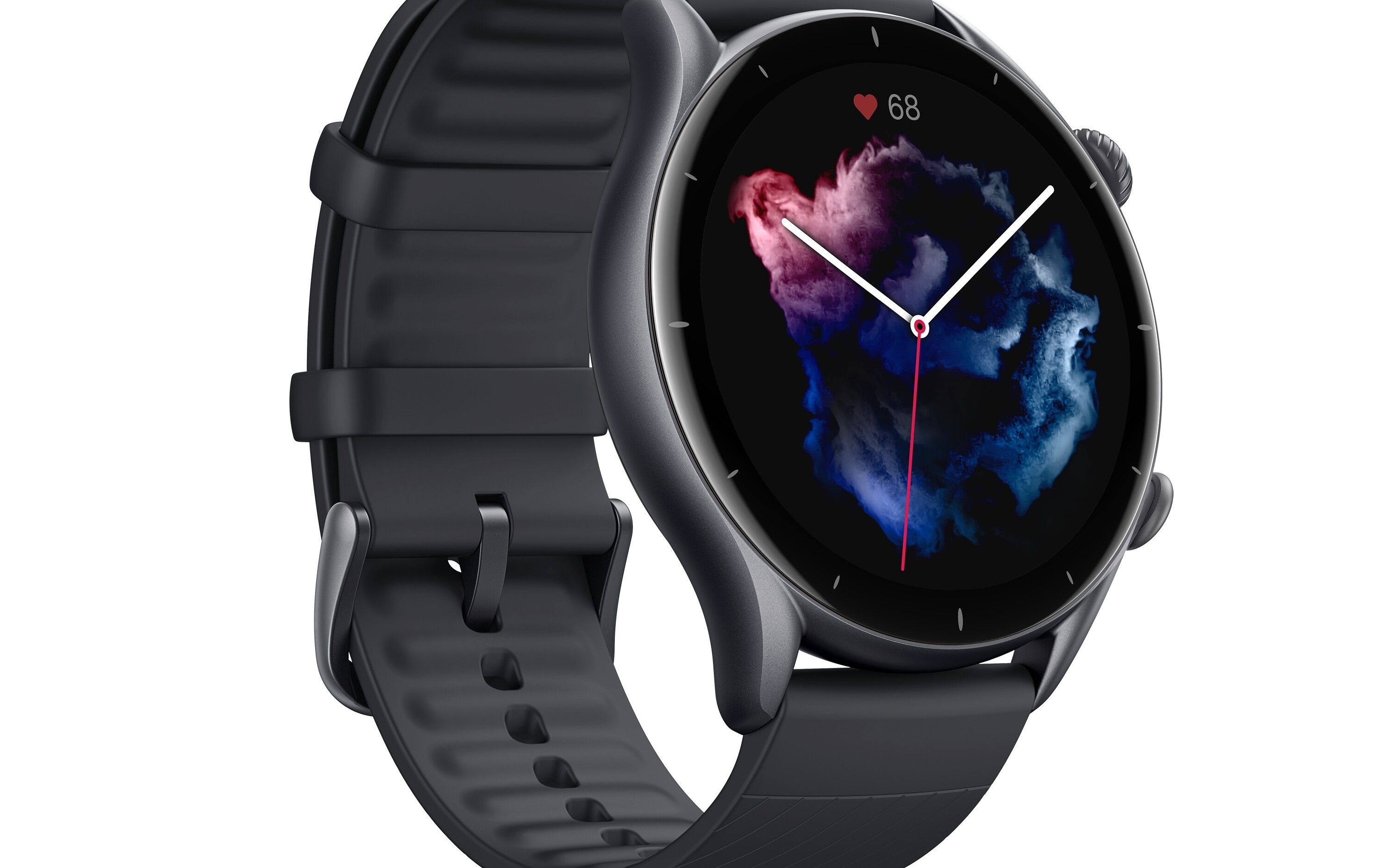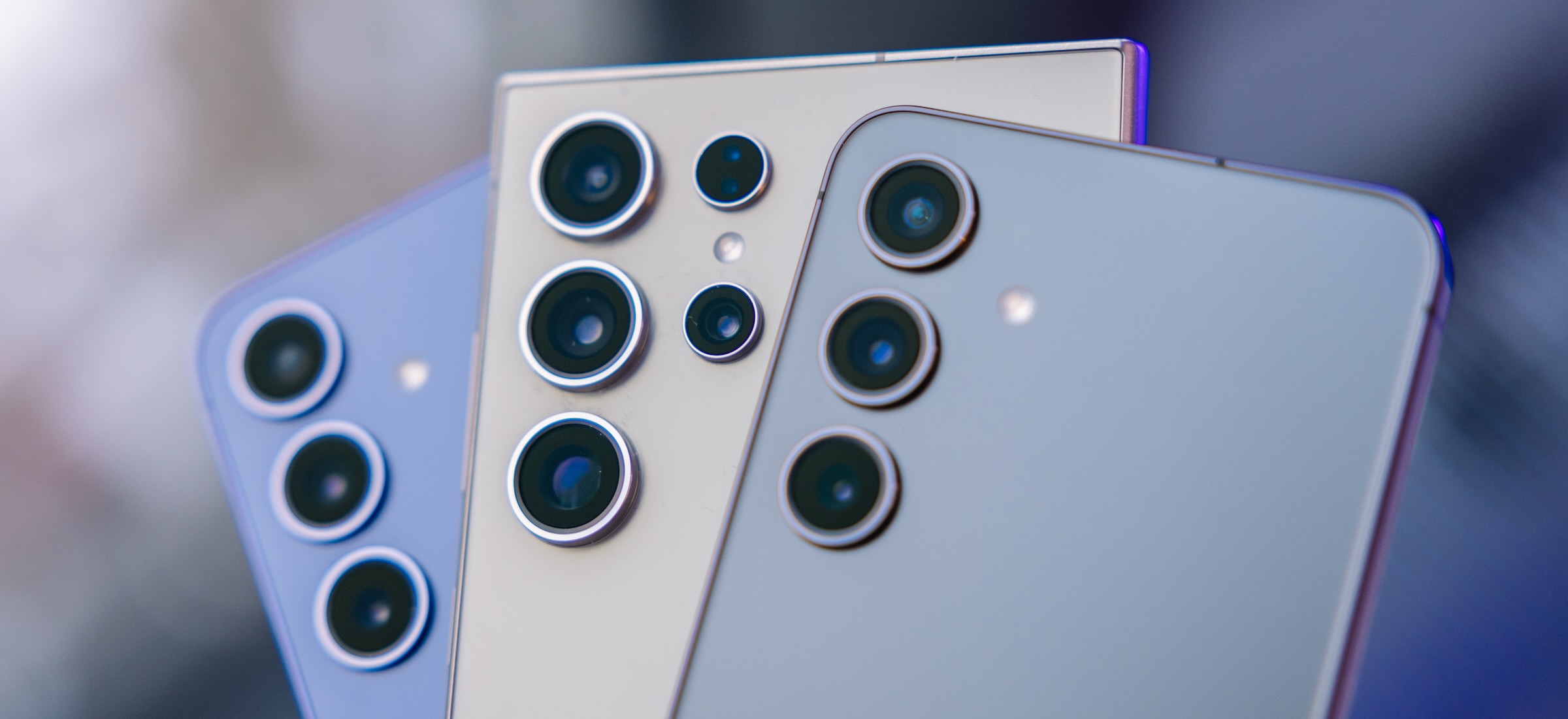Over the past fewer years, Apple’s standard iPhone looked a small neglected. The Pro models got fresh chipsets, camera features, and a customizable Action Button, while the standard models made do with the leftovers.
But this year, things are different: the iPhone 16 and 16 Plus played catch-up, and the gap between these phones and the Pro models isn’t as wide as it erstwhile was.
That matters a lot, especially on the more basic models. If you’ve been holding on to an older iPhone for the past couple of generations wondering whether this is the year to upgrade, then I think there’s an easy answer this time around: go for it. It’s a good year for the basic iPhone, and it’s a good year to upgrade.
But this iPhone is inactive very much a work in progress. For starters, Apple Intelligence is supposedly a major component of this phone’s software, and it’s just not available at launch. It’s out in beta now, and any features will begin to ship next period with iOS 18.1 — inactive marked as “beta.” But it’s not on the telephone I’m reviewing, which is moving 18.0, and therefore, it’s not part of this review.
The Good
- Reliable camera with versatile photographic styles
- Handy fresh Action Button
- More RAM and a current-gen chipset
The Bad
- Standard refresh rate screen
- Camera Control is simply a mixed bag
The Good
- Reliable camera with versatile photographic styles
- Handy fresh action button
- More RAM and a current-gen chipset
- Big screen for large screen fans
The Bad
- Standard refresh rate screen
- Camera control is simply a mixed bag
I besides have mixed feelings about the Camera Control, a fresh button on both the Pro and regular iPhone 16 models that allows you to launch the camera, take photos, and adjust any settings. I appreciate that it isn’t a Pro-exclusive feature, and boy, do I love a button. But in practice, I find it hard to usage and have mostly been ignoring it.
But the thing is, the foundational stuff is good. This year’s chipset is in the same household as the 1 on the Pro models, which means they’ll likely be on about the same software update schedule. The camera itself is as capable as ever, and the telephone hardware itself looks large — Apple’s utilizing any saturated colors again, thank God. And it inactive starts at $799, so anything added this year just feels like a nice-to-have. Even if Apple Intelligence never ships, you’d inactive have a good iPhone in your hands.
The 6.7-inch screen on the iPhone 16 Plus (left) is 1 for the large screen fans.
There’s 1 peculiarly conspicuous hardware feature missing from this, a high-end telephone in the year 2024: a advanced refresh rate screen. Only the Pro phones get smoother ProMotion displays that go up to 120Hz, while the 16 and 16 Plus are stuck in 60Hz. By now, it’s a standard feature on modern smartphones from the midrange on up, and the iPhone looks awfully dated without it.
On principle, it’s irritating that Apple doesn’t offer this on the basic models, but in reality, how much that bothers you is entirely personal. I usage phones with 120Hz screens for most of the remainder of the year, and it’s always jarring for the first fewer minutes erstwhile I control back to a 60Hz screen. But I get utilized to it beautiful quickly, and I only announcement the more stuttered scrolling erstwhile I think about it. any people will find this an inexcusable omission, and they’re most likely right. any people will be perfectly happy with a 60Hz screen, and they’re besides right. Everyone else exists somewhere between the two.
The 16 and 16 Plus besides miss out on the always-on display offered on the Pro models. I like being able to glance at my notifications and my wallpaper erstwhile the iPhone is idle, so I miss having the always-on display on the 16. Still, I know quite a few people who don’t like it, so on balance, it’s no large failure here.
The Camera Control is kind of a hybrid mechanical / capacitive button.
Now, if anyone is on the evidence as a full-fledged button supporter, it’s me. I can’t get adequate of ‘em. So, imagine my delight at having two fresh buttons on this telephone — the programmable Action Button from the 15 Pro and the fresh Camera Control. I usage the Action Button to open the app I usage to sign my kid out of daycare. Usually, I gotta fumble around looking for the app while there’s another parent in a rush waiting behind me, so it soothes my anxious brain all time I press that button. You can program it to do all kinds of things if you’re willing to learn the ways of Shortcuts. But for the remainder of us, it’s beautiful straightforward to map it to open a circumstantial app and leave it at that.
I want I had better things to say about the Camera Control. Believe me, I wanted to like it. I’ve utilized it a bunch, and I plan to keep trying it, just in case I’m missing something. But so far, I’m not impressed. It’s an actual button, and full pressing it will launch the camera app. erstwhile you’re there, another full press will take a photo. It’s besides a capacitive control with haptic feedback — lightly pressing it will bring up vulnerability settings that you can adjust by moving your finger along the control.
A note on Apple Intelligence: it ain’t here. I reviewed this telephone with the latest unchangeable software update available to it, iOS 18.0, which doesn’t include Apple’s much-touted AI features. The company says they’re arriving in October with iOS 18.1, and erstwhile that happens, I’ll measure them and update this review. We review what’s in the box, and Apple Intelligence isn’t in the box.
Surprisingly, that’s the action I’m most comfortable with. It’s pressing the actual button and firing the shutter I’m struggling with. The mechanics feels besides stiff to me, and no substance how hard I effort to support the phone, I end up shaking the full device all time I take a picture. And if I linger on that light press besides long, I end up changing the vulnerability compensation or any another setting inadvertently. I gotta take my focus distant from the minute and think about pressing a damn button, and at that point, what are we even doing here?
I do like utilizing it to launch the camera, but erstwhile I’ve done that, I’ve mostly gone back to utilizing the onscreen shutter. I’m besides utilizing the capacitive control for vulnerability compensation, but I can’t aid feeling that I’m underutilizing 1 of this phone’s fancy fresh features. If this button had one occupation alternatively of two, it would be more intuitive. Still, I now have a dedicated button to launch the camera and a capacitive vulnerability comp dial for the camera, and I can’t complain about that at all. I just want the dual functions of this button worked better together.
I gotta take my focus distant from the minute and think about pressing a damn button
And while we’re in the camera app, let’s talk about Photographic Styles. Remember those? They’re like filters for the iPhone camera, but they’re applied during capture. On the iPhone 16 series, you’ll have a full fresh scope of customized settings to aid you dial in the photographic kind you like. You can go into the weeds of how this works in our iPhone 16 Pro review, but at a advanced level, they let you adjust colour cast — in service of warmer or cooler skin tones — as well as brightness and contrast. If you’re 1 of the many people who think that iPhone photos look overprocessed lately, then this is the feature for you.
I’ve landed on a kind that I like, but it wasn’t easy getting there. To set a photographic kind as your fresh default, you request to go into the strategy settings menu and go through a setup process where you audition 4 of your photos in the fresh style. If you just choice a fresh kind in the camera app itself, it’ll reset to standard erstwhile you leave. This is simply a different behaviour than on erstwhile iPhones, and it confused the hell out of me at first.
And here’s the bad news: you request to shoot in HEIF to usage the fresh styles. HEIF is simply a cursed file format that no another company loves as much as Apple. Most of the time, your HEIF images will be converted to JPEG erstwhile sending them outside of the Apple ecosystem, but inevitably, 1 day you’ll have the misfortune of trying to open a .heic file on a non-Apple device and be met with nothing but sadness. I usually avoid shooting in HEIF, but the fresh photographic styles are so good that I’m willing to put up with the stray compatibility issue.
This level of flexibility makes it kind of hard to measure the camera itself. I’ve been shooting with a contrastier photographic style, which dials up shadows in a way I like. Along with the brighter highlights preserved by HDR speech mapping, you get an image with actual highlights and shadows — not a bunch of grey mush scrunched into a standard dynamic scope space. The camera will inactive go a small intense with blue skies in certain circumstances, but you could play around with the photographic kind settings to dial that down. I like my version of the camera app, which may be different from your version.
Mostly, I’m grateful that the iPhone continues to deliver large photos in image mode, and I’m always impressed by the video quality in cinematic mode, too. The 2x crop zoom is fine in decent lighting, and it’s a useful focal dimension for image shots. Having macro focus on the ultrawide lens is good for the occasional close-up shot, too.
But the iPhone 16 uses a smaller main image sensor than its Pro peers, and its low-light image quality isn’t rather as good. Image quality is fine if your subjects aren’t moving, but don’t anticipate to get distant with a lot if you’re trying to shoot portraits or moving subjects in dim light. And out of curiosity, I compared the 5x digital zoom on the iPhone 16 with the 5x telephoto lens on the 15 Pro. Predictably, the 15 Pro blows it out of the water. There’s inactive no substitute for good ‘ol optical zoom.
The vertically stacked cameras enable spatial video. And did I mention that these colors rule?Photo: Allison Johnson / The Verge
I have nothing shocking to study about the iPhone 16’s overall performance. The A18 chipset (and some additional RAM — thanks AI!) handles regular tasks easily. I can fire off image mode photos about erstwhile a second; each 1 has a small bit of built-in buffering time, but I never had to wait longer than that for the buffer to clear. Even if you never usage the AI features Apple is promising for this phone, getting the newer chipset is simply a win for the regular iPhones this year and should keep this telephone moving smoothly well into the next 4 or 5 years.
Even on the smaller model, the battery keeps up all day. On a day of heavier usage that included streaming KEXP with Strava utilizing GPS in the background, I inactive had around 30 percent by bedtime. If you opt for the 16 Plus, with its larger battery, you can long a single charge well into a second day. The real question will be how it keeps up a year or 2 down the line; Apple’s recent track record here isn’t great.
Neglected no more.Photo: Allison Johnson / The Verge
It’s a good year for the basic iPhones, and that hasn’t been the case over the past fewer generations. To be sure, there’s nothing groundbreaking here, and surely nothing you should trade in your iPhone 15 for. But if you’ve been on the barrier for a while about upgrading from an 11 or 12, then I think this is the year to go for it.
You’ll get a couple of fresh buttons to play with, and who knows, possibly you’ll get along better with the Camera Control than I did. And If Apple Intelligence arrives and proves to be the time-saving, stress-easing set of features Apple insists it will be, then this telephone will be ready for it. But even if they never arrive, you’re inactive getting any upgrades that substance in the long run. It’s a catch-up year for the regular iPhone, and that’s a good year to upgrade indeed.
Photography by Allison Johnson / The Verge
Agree to continue: Apple iPhone 16, 16 Plus, 16 Pro, and 16 Pro Max
Every smart device now requires you to agree to a series of terms and conditions before you can usage it — contracts that no 1 actually reads. It’s impossible for us to read and analyse all single 1 of these agreements. But we’re going to start counting precisely how many times you gotta hit “agree” to usage devices erstwhile we review them since these are agreements most people don’t read and definitely can’t negotiate.
To usage any of the iPhone 16 models, you gotta agree to:
- The iOS terms and conditions, which you can have sent to you by email
- Apple’s warranty agreement, which you can have sent to you by email
These agreements are nonnegotiable, and you cannot usage the telephone at all if you don’t agree to them.
The iPhone besides prompts you to set up Apple Cash and Apple Pay at setup, which further means you gotta agree to:
- The Apple Cash agreement, which specifies that services are actually provided by Green Dot Bank and Apple Payments Inc. and further consists of the following agreements:
- The Apple Cash terms and conditions
- The electronic communications agreement
- The Green Dot Bank privacy policy
- Direct payments terms and conditions
- Direct payments privacy notice
- Apple Payments Inc. license
If you add a credit card to Apple Pay, you gotta agree to:
- The terms from your credit card provider, which do not have an option to be emailed
Final tally: 2 mandatory agreements, 7 optional agreements for Apple Cash, and 1 optional agreement for Apple Pay.









